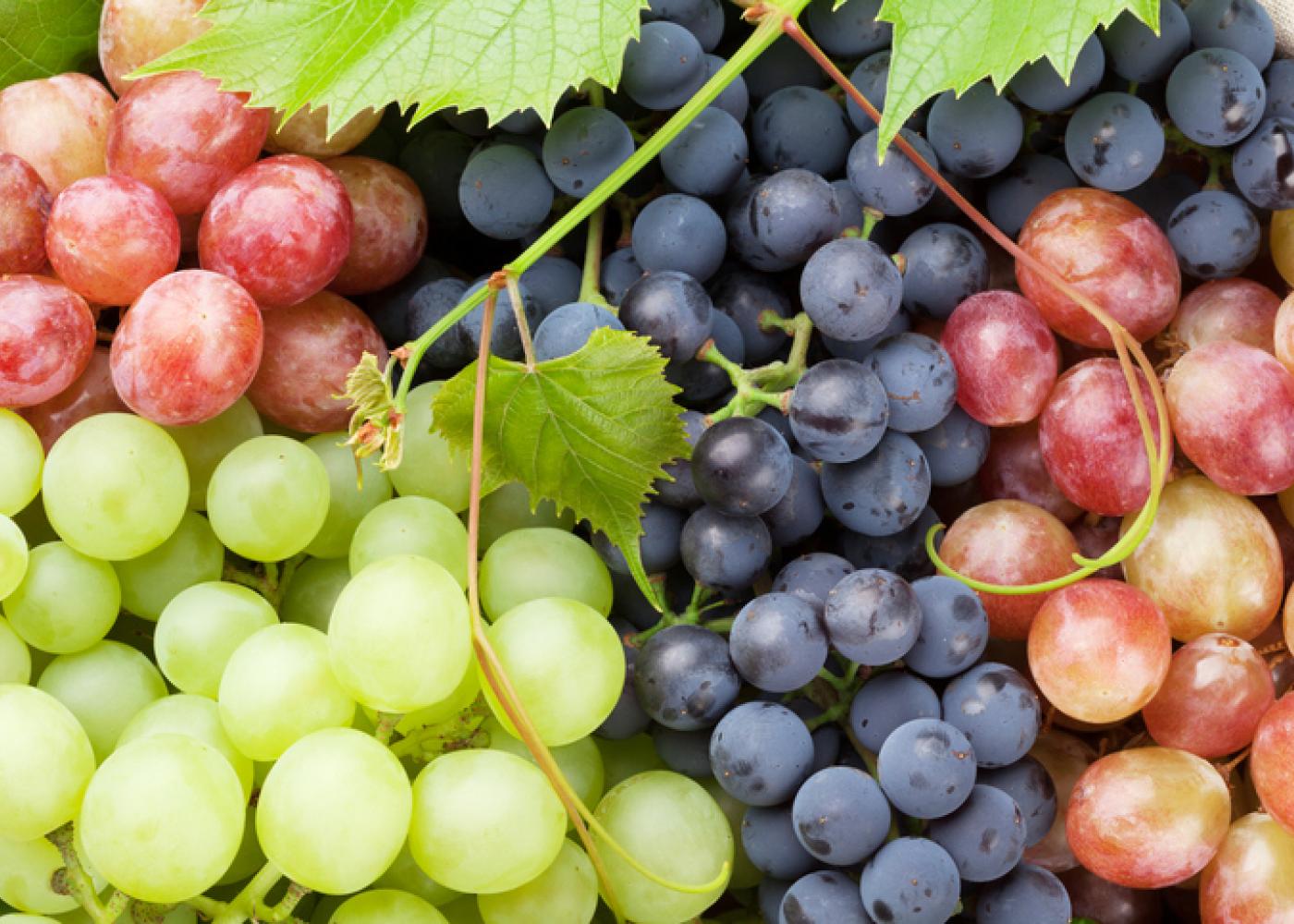



Article by: Hari Yellina (Orchard Tech)
The Indian grape season, which is about to get started, is overwhelmed with challenges. Omicron is posing a serious threat with restrictions and lockdowns, sea freight charges are going through the roof; scarcity of containers is imminent and the cost for packaging material has gone up by around 25%. Samir Singh, business promoter for Indian grape exporter Mersel Foods, states that the Indian grape season could be heavily affected by the Omnicron variant of the coronavirus: “Like rest of the world, India is currently taken over by panic due to Omicron being spread rapidly across the country.
Last year, the Delta variant had struck the country in April, just after the Indian grape season was over. This year, we are facing Omicron right at the start of the grape season. Stakeholders in the grape industry are looking at the situation with utmost anxiety and are preparing for the worst. For the current season, we are expecting quality grapes and more volume than last year. The weather conditions have been favourable. We are pursuing to export more volume to new markets, like Canada.”
A big challenge for the fresh produce exporters in India in general, is the steeply increased price for transporting, Singh states. “Shipping companies have decided to make hay while the sun shines. They are charging extremely high rates without any heed to the damaging impact that it may cause to the other entities of this business ecosystem. The rates that they are quoting for European, UK, and Russian ports are to the tune of 7,500 USD without THC for a reefer container. Two years back the rate level was around 2,500 USD; last year it was around 4,500 USD. A cartel seems to have emerged, intended to keep the rates at the level of their choosing.
Exporters find themselves helpless and forced to accept what is offered. Even at this level of rates, the availability of containers is not guaranteed.” Fortunately, there are still people fighting for the grape farmers’ interests, Singh explains: “The association of grape farmers has taken an excellent initiative to protect the interest of framers, whose contribution to the value chain has been greater by far and whose incomes have been at the mercy of the market conditions. They truly deserve to recover their cost and make profits. The Association has indicated specific minimum rates to exporters for harvesting in January, February, March, and April. Will it be sustainable? The answer depends on the rates for Indian grapes that will prevail in Europe and other markets throughout the season.”
“Europe being a large export market for Indian grapes has a greater influence on the rates that farmers can get. The market rates in Europe, as elsewhere, are entirely guided by the demand-supply equation. The only way to uphold the market price in Europe is to limit the export volume of grapes to the prevailing demand. There are many possible ways to limit the export volume, but the most practical and effective way, according to me, is to keep the minimum guaranteed price (MGP) by exporters above the level of their cost. For example, if importers must pay an average of 9.50 EUR CIF for white seedless grapes, 5 kg punnets as MGP, they will place orders and accept volume with much caution and oversupply will be avoided.